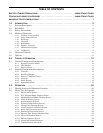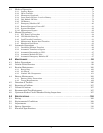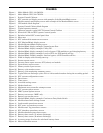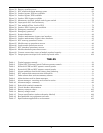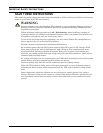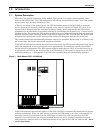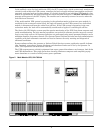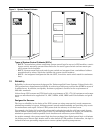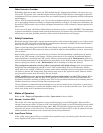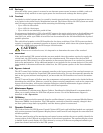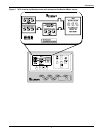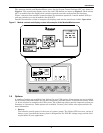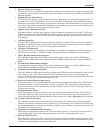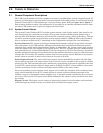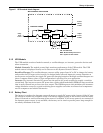
Introduction
5
Other Factors to Consider
Reliability depends on more than just UPS module design. Improper installation can cause any sys-
tem to fail. To prevent this, customer engineers from Liebert Global Services thoroughly inspect the
installation of all our systems to ensure they are installed properly and operating within performance
specifications.
Once a UPS is properly installed, you—the on-site equipment operator—are the most important fac-
tor in preventing critical bus failures or unplanned transfers to bypass. To make your task easier, the
Series 610 UPS provides easy-to-follow, prompted instructions on the industry’s largest operator dis-
play screen.
If you ever need help, call Liebert Global Services (24 hours a day at 1-800-LIEBERT). Your attention
to proper installation, operation and periodic maintenance will ensure that your mission-critical oper-
ations receive the best possible protection from electrical disturbances and outages.
1.3 Safety Precautions
Read this manual thoroughly, paying special attention to the sections that apply to you, before work-
ing with the UPS. Also refer to the battery manufacturer’s manual, available on the manufacturer’s
Web site, before working on or near the battery.
Under typical operation and with all UPS doors closed, only normal safety precautions are necessary.
The area around the UPS system and battery should be kept free from puddles of water, excess mois-
ture or debris.
Special safety precautions are required for procedures involving handling, installation and mainte-
nance of the UPS system or the battery. Observe precautions in the separate Installation Manual
before handling or installing the UPS system. Observe precautions in 4.0 - Maintenance before as
well as during performance of all maintenance procedures on the UPS system or battery. Observe all
battery safety precautions in 4.0 - Maintenance before working on or near the battery.
This equipment contains circuitry that is energized with high voltage. Only test equipment
designated for troubleshooting should be used. This is particularly true for oscilloscopes. Always
check with an AC and DC voltmeter to ensure safety before making contact or using tools. Even when
the power is turned Off, dangerously high voltage may exist at the capacitor banks. Observe all bat-
tery precautions when near the battery for any reason.
ONLY qualified service personnel should perform maintenance on the UPS system. When
performing maintenance with any part of the equipment under power, service personnel and test
equipment should be standing on rubber mats. The service personnel should wear insulating shoes for
isolation from direct contact with the floor (earth ground).
Unless all power is removed from the equipment, one person should never work alone. A second per-
son should be standing by to assist and summon help in case an accident should occur. This is partic-
ularly true when work is performed on the battery.
1.4 Modes of Operation
Refer to 2.0 - Theory of Operation and 3.0 - Operation for more details.
1.4.1 Normal—Load on UPS
The utility AC source provides power to the rectifier/charger in each UPS module. Each rectifier/
charger converts the utility AC power to DC and supplies DC power to the UPS module inverter while
simultaneously float charging the battery plant. Each UPS module inverter converts DC to AC and
furnishes AC power to the critical bus. The System Control Cabinet (SCC) is the tie point for the par-
alleled modules and monitors and controls the critical bus performance.
1.4.2 Input Power Failure
If the utility source power fails or is outside the acceptable range, the battery plant becomes the pri-
mary supplier of DC power to the inverter.



